Ever wondered if tapping into your home’s value or grabbing a quick personal loan is the smarter, more cost-effective way to reach your financial goals? The debate between a home equity loan vs personal loan isn’t just about interest rates — it’s about risks, rewards, and what truly works best for your unique situation. In this guide, we break down real savings, show you practical examples, and highlight the critical differences so you can borrow money with complete confidence. Curious Which Option Prevails: Home Equity Loan vs Personal Loan? If you’re considering major home improvements, consolidating debt, or covering a significant expense, you’re likely asking: What’s the best financing option? A home equity loan allows you to borrow against the value of your home, offering a lump sum at typically lower interest rates but with your property as collateral. On the other hand, personal loans are unsecured, faster to obtain, and don’t require you to put your house on the line, but usually come with higher interest rates. Understanding the nuances between a home equity loan vs personal loan can help you make an informed decision tailored to your needs — and potentially save thousands in the process. Challenging Assumptions about Equity Loan and Personal Loan Choices Many assume home equity loans are always cheaper, or that personal loans are only for small amounts. In reality, each loan type shines in different scenarios. Your best choice depends on the amount you need, how quickly you want to pay it back, your credit score, and how comfortable you are with risk. By questioning basic assumptions and digging deeper into pros and cons, you’ll be better equipped to choose the best financing option for your life today — and tomorrow. You will discover how a home equity loan vs personal loan compare for different goals Understand their pros and cons Identify their key differences Learn how to select the right financing option for your needs Comparison Chart: Home Equity Loan vs Personal Loan vs Credit Cards Loan Type Typical Interest Rates Requirements Repayment Terms Home Equity Loan 7%–11% (Fixed) Home ownership & sufficient equity, good credit score, appraisal 5–30 years fixed monthly payments Personal Loan 9%–25% (Fixed) Good credit score, proof of income, minimal documentation 1–7 years fixed monthly payments Credit Cards 18%–30% (Variable) Fair credit score, minimal requirements Revolving, minimum payments Exploring Home Equity Loan vs Personal Loan: Defining the Basics What is a Home Equity Loan? A home equity loan is a type of secured loan that lets you borrow money by using the equity in your home as collateral. Equity is the difference between your home’s market value and the outstanding balance on your mortgage. Home equity loans provide a lump sum payment upfront, which you pay back in fixed monthly payments over a set term (often 5–30 years). Since your house acts as security for the loan, lenders offer lower interest rates than most unsecured personal loans. However, if you default, you risk losing your home to foreclosure, making it crucial to borrow responsibly. This type of financing is best for big expenses like home improvements , tuition, debt consolidation, or major purchases where you need a large amount of money and want predictable payments. Because home equity loans use your property as security, approval can require a home appraisal and take several weeks, especially if you have significant closing costs and paperwork involved. What is a Personal Loan? A personal loan is generally an unsecured loan, meaning you don’t need to offer collateral such as a car or home to qualify. These loans are based on your credit score, income, and overall financial situation. Personal loans come in various amounts, usually from a few thousand up to $50,000, with repayment terms ranging from 1 to 7 years. Approval is typically quick — sometimes in as little as one day — which can make personal loans ideal for emergencies, consolidating credit card debt, or funding major expenses when speed is crucial. Because there’s no security involved, personal loans have higher interest rates than home equity products, especially if your credit profile isn’t strong. However, you won’t risk your house if you miss a payment, and the process involves less paperwork and fewer upfront costs. Personal loans are a flexible way to access funds, but they may not be ideal for the largest projects or purchases due to shorter repayment terms and higher monthly payments. Understanding Equity Lines, Home Equity Lines, and Credit Card Alternatives A home equity line of credit (HELOC) is a type of revolving credit, different from a traditional home equity loan. With a HELOC, you borrow as needed (up to a set limit) and pay interest only on the amount used. This makes it a great option for ongoing home improvements or expenses that arrive over time. The flexibility is similar to credit cards , but with much lower interest rates and, again, your home as collateral. Alternatively, credit cards offer instant, unsecured access to funds, but their interest rates can be steep (often 18%–30%) and they’re best reserved for short-term needs. For larger goals, a mix of loans and lines — equity line, home equity loans, or personal loans — could help you avoid hefty credit card balances and minimize total interest paid. Core Differences Between Home Equity Loan vs Personal Loan Collateral: Secured vs Unsecured Debt The distinction between a home equity loan and a personal loan starts with collateral. Home equity loans are secured loans — your house backs up your promise to pay. This security lets lenders offer lower interest rates but puts your home at direct risk if you default. On the other hand, personal loans don’t require collateral, so you don’t risk losing property. However, they come with higher interest rates to offset the greater risk lenders take on. If you don’t pay a personal loan, your credit score suffers, but your house remains safe. When weighing your financing options, remember: the more risk the lender shoulders, the more you’ll likely pay in interest. But how much personal risk are you willing to accept for a lower rate? Loan Terms and Repayment Schedules Home equity loans usually come with longer repayment timeframes. Typical terms range from 5 up to 30 years, making monthly payments lower and easier to manage on a big loan amount . Personal loans tend to have shorter terms, generally from 1 to 7 years, so monthly payments are higher, even for smaller amounts. The repayment schedule for a home equity loan is simple and predictable — you pay the same amount every month until the loan is gone. Personal loans have fewer years to pay, but offer flexibility: you can use them for almost any need, sometimes with no penalties for paying them off early. Take the time to consider your budget, as the wrong repayment term can stretch you thin or cost more in total interest over time. Interest Rates and Total Cost Comparisons Interest rates are often the biggest deciding factor in the home equity loan vs personal loan debate. Home equity loans typically offer lower fixed rates, especially for borrowers with strong credit scores and lots of equity. Personal loans usually have higher rates due to their unsecured nature, and the difference can significantly impact your total interest paid over the life of the loan. For example, a $30,000 home equity loan at 8% might cost less per month, and over time, than a personal loan of the same amount at 14%. However, don’t forget to consider upfront costs like origination fees or closing costs, which are often steeper on home equity products. When you’re comparing offers, always look at the APR, not just the interest rate, to see your true annual cost. Impact on Credit Scores and Eligibility Criteria Both home equity loans and personal loans review your credit score heavily in the approval process. For a home equity loan, lenders want solid credit (usually 620+) plus enough home value and low current mortgage balances. The application can be paperwork-heavy, as your house needs an appraisal and possible title search. For a personal loan, requirements are looser: income, basic identification, and a fair credit score (often 580+) can get you started, but lower scores mean higher rates. Both options create hard inquiries on your credit report, but home equity loans, due to the size and secured nature, may affect your overall credit profile more. Missing payments on any loan lowers your score, but the risk isn’t the same — missed home equity loan payments could put your home in jeopardy, while unpaid personal loans affect only your credit rating. “Choosing between a home equity loan vs personal loan could save you thousands—if you know what to look for.” — Financial Expert Home Equity Loan vs Personal Loan: Pros, Cons, and Use Cases Advantages and Disadvantages of Home Equity Loans Home equity loans have some serious perks. The big one? Lower interest rates compared to most personal loans and credit cards. They’re ideal when you’re borrowing a large amount for purposes like major home improvements or consolidating high-interest debt. Because the payments and rate are fixed, your budget gets predictability for years. Loan amounts can be higher, as they’re tied to your equity. But there’s a catch: you’re betting your home as collateral. Miss a bunch of payments, and the bank could foreclose. There are also higher upfront costs (appraisals, closing costs), and the process is slower than a personal loan. This kind of loan is best when you’re confident you can repay and need a larger sum for a planned project. Advantages and Disadvantages of Personal Loans Personal loans are all about speed and flexibility. There’s no waiting around for appraisals, and you won’t risk losing your home. Approval can be lightning-fast — sometimes the same day — making them perfect for urgent needs or contractors who want rapid access to cash. Their uses are broad: from medical bills to consolidating credit card debt or covering home improvements . The drawbacks? Higher interest rates, particularly for lower credit scores, can mean you pay more over time. Loan amounts are typically lower compared to home equity products, and the repayment window is shorter (which bumps up the monthly payment). That said, if you need money quickly and don’t want to tie up your house, a personal loan is hard to beat. Comparing Equity Loan, Home Equity, and Credit Card Financing Options for Home Improvements For home improvements , each loan shines in different areas. Home equity loans are the gold standard for building additions or renovations, thanks to large loan amounts, lower rates, and long terms. Personal loans are best for smaller upgrades (like replacing appliances or flooring) or when speed beats savings. Credit cards can work for minor projects you can repay right away, but carrying a balance racks up major interest. Weigh all options, factoring in how soon you need funds, your risk tolerance, and how much you want to repay monthly. When to Use a Home Equity Loan vs Personal Loan Ideal Situations for Home Improvements, Major Purchases, or Debt Consolidation Choose a home equity loan for high-cost projects: home remodels, debt consolidation above $30,000, or big-ticket purchases where a fixed, predictable repayment fits your long-term financial situation. With low interest rates and longer repayment terms, this option makes sense when you’re stable in your home and can wait a bit longer for funding. Opt for a personal loan if you’re consolidating smaller debts, need emergency funds, or are making modest renovations. The process is quick, the risks are low (no collateral), and you’ll have the cash in days rather than weeks. Personal loans are powerful tools for short-term needs — just be sure your monthly budget can handle the higher payment. Evaluating Risk and Convenience in Equity Loans and Personal Loan Solutions Risk is straightforward: with a home equity loan, your home as collateral is on the line. If you know you can pay but want to lock in a lower rate, equity loans win. Personal loans offer peace of mind since there’s no threat of foreclosure — but higher interest rates could cost more over time if you’re not careful. For fast, easy access with minimal paperwork, personal loans and even credit cards offer instant convenience, though at a price. Ultimately, matching loan type to your comfort with risk and timeline will ensure you choose the right financing option every time. Comparing Financing Options: Home Equity Loan, Line of Credit, and Personal Loan Consider all your choices. A home equity loan is best for large, single expenses or when you’ve mapped out the full cost of a renovation. A home equity line of credit (HELOC) is flexible for ongoing expenses, acting more like a credit card linked to your home’s value. Personal loans give you speed and flexibility but are better for smaller amounts and shorter terms. A mix of products — like using a personal loan for urgent repairs, then a HELOC for phased projects — could help you maximize savings and reduce risk. How Much Can You Save? Home Equity Loan vs Personal Loan Scenarios Example #1: Home Improvements Funded with Home Equity Loan Say you want to remodel your kitchen and need $80,000. With a home equity loan at a 7.5% interest rate over 20 years, your monthly payment would be about $645. Over the life of the loan, you’d pay roughly $74,800 in total interest. Compared to a personal loan at 14% (where monthly payments would be about $997 and total interest over 10 years ~$39,600), the home equity option is more affordable, thanks to lower rates and longer terms, despite more interest overall due to the timeline. Example #2: Debt Consolidation Using Personal Loans Suppose you have $12,000 in credit card debt at 22% APR. Transferring the balance to a personal loan at 10% over 3 years, your payment is $387 monthly, total interest roughly $1,930. Compare this to using a home equity loan at 8% over 10 years: payment drops to $146 monthly, but total interest balloons to $5,511. If you want to pay off debt quickly, a personal loan could save on interest — but it depends on your preferred timeline and comfort with monthly outlays. Equity Loan Repayment vs Personal Loan: How the Numbers Compare Imagine borrowing $100,000 for a major remodel. At 8% APR for 20 years (home equity loan), monthly payments are about $836, with total interest paid nearly $100,600. A personal loan for the same amount at 14% over 7 years comes with a monthly payment of $1,836 and a total interest cost of $54,288. Though the personal loan pays off faster, the monthly obligation can be overwhelming. The right choice balances total interest paid with what your monthly budget can realistically handle. Monthly Payment Calculations: $100,000 Home Equity Loan vs $5,000 Personal Loan Loan Type Loan Amount Interest Rate Repayment Term Monthly Payment Total Interest Paid Home Equity Loan $100,000 8% (Fixed) 20 years $836 $100,600 Personal Loan $5,000 14% (Fixed) 3 years $171 $1,167 Home Equity Loan vs Personal Loan: Costs, Fees, and Repayment Structures Upfront Costs, Interest, and Typical Fees Most home equity loans have closing costs, which can run 2–5% of the loan amount. This pays for appraisals, title checks, and legal fees. You’ll also find origination fees, sometimes mirrored in personal loans but at a lower cost (often 1%–3%). Some personal loans charge prepayment or administration fees, but these are usually smaller than home equity loan fees. Compare all costs before deciding — a lower interest rate may be offset by higher upfront expenses. Home Equity Loan Repayment Schedules vs Personal Loan Terms Fixed monthly payments are standard with both home equity loans and personal loans . The big difference is in the timeline. Home equity loans are designed for stretched-out repayment, sometimes up to 30 years. Personal loans offer quicker payoff, usually 1 to 7 years, which means a higher monthly payment but less total interest if you’re disciplined. If you can afford acute monthly bumps, choose the shorter term and pay less overall. Total Interest Paid: What Makes Each Financing Option Stand Out? Over time, the amount of interest you pay can wildly differ. Home equity loans stand out by offering abundant funds at lower overall costs on a per-year basis, ideal for long-term investments like a home addition or major repairs. Personal loans, if aggressively paid off, can result in less interest simply by being active for a shorter period, especially for smaller loan amounts . Always weigh initial costs, total interest, and monthly impact together for the best long-term result. Risks and Major Disadvantages: Home Equity Loan vs Personal Loan Loss of Home Risk with Equity Loans The most serious drawback of equity borrowing? Loss of your home if you can’t pay. Since home equity loans are secured by your house, defaulting can mean foreclosure. This is a risk not associated with personal loans, making them the safer choice for borrowers who have any concern about stable income or payment security. Use home equity products only when your income is steady and your plans are certain. Comparing Default Consequences of Home Equity Loans and Personal Loans Defaulting on a home equity loan can hurt far more than your credit score — you could lose your home. Personal loan defaults still damage your credit, may result in collections, and make future borrowing more difficult, but you won’t face eviction. Consider your risk tolerance and financial backups when deciding which financing option is right for you. How Interest Rate Hikes Affect Home Equity and Personal Loans Banks and lenders can adjust interest rates in response to economic trends. If you have a fixed-rate loan, you’re protected from increases. Adjustable rate home equity products or variable-rate personal loans can see payments rise unexpectedly, squeezing your budget. Fixed-rate options, though sometimes a little higher initially, deliver peace of mind, especially in uncertain markets. “A home equity loan uses your house as collateral, so defaulting could mean foreclosure.” Application Process for a Home Equity Loan vs Personal Loan Typical Approval Requirements for Home Equity Loans To obtain a home equity loan , you’ll need to show strong home equity, a good credit score (typically 620 or higher), proof of income, and a manageable debt-to-income ratio. The process includes a home appraisal, bank paperwork, and closing. From application to funding can take 2–6 weeks. The extra steps secure lower rates, but take more time than a typical personal loan. Personal Loan Documentation and Approval Times Getting a personal loan is far simpler. Most lenders require a fair-to-good credit score, recent pay stubs or tax documentation, and sometimes a bank account. Approval can occur in a day or two, with funds often appearing in your account just as quickly. This makes personal loans perfect for emergencies or tight timelines. Be cautious: instant approval can mean high rates without careful review. Time to Funding: Equity Loan, Home Equity, and Personal Loan Processing While personal loans can disburse cash in a day or two, home equity loans take several weeks due to the paperwork and appraisal involved. A home equity line of credit (HELOC) has similar timelines to a home equity loan, but may be slightly speedier if your home was recently valued. Always factor the timeline into your decision, especially if you need funds quickly for surprise repairs or urgent needs. Alternatives to Home Equity Loan vs Personal Loan Lines of Credit, Home Equity Line, and Credit Card Options If a home equity loan vs personal loan doesn’t fit, there are other ways to access funds. Lines of credit are revolving accounts you can draw from as needed, paying interest only on what you use. A home equity line of credit (HELOC) works like a secured, low-rate credit card with your house as collateral. Conversely, credit cards are easy to access for minor expenses, but long-term borrowing is expensive due to much higher interest rates. How Credit Cards and Equity Lines Compare for Home Improvements For a new deck or bathroom, a home equity line offers flexibility and a lower rate, but your house is still on the line. Credit cards are best for small, quickly repaid purchases. For anything over $5,000 that you plan to pay off over months or years, consider tapping your equity or a personal loan before using a plastic card. Niche Financing Options: Peer-to-Peer Lending, HELOCs, and Credit Unions Don’t overlook peer-to-peer lending platforms or your local credit union . Credit unions may offer lower rates or better terms than banks for both home equity and personal loans. Peer-to-peer websites connect you directly to investors and can approve loans quickly, sometimes with lower credit score requirements than traditional lenders. Each has unique terms and qualifications — compare carefully with your goals in mind. Selecting the Right Financing Option: Home Equity Loan vs Personal Loan Checklist Interest Rate: Lower rates save you money; compare APRs on all offers Repayment Length: Shorter terms mean less interest paid, but higher monthly payments Equity Available: More home equity opens the door to bigger, lower-cost loans Risk Tolerance: Are you okay risking your property, or is unsecured debt safer for your situation? Checklist: How to decide between Home Equity Loan, Personal Loan, or Equity Line : Need a large amount for long-term use? Choose a home equity loan Need funds fast for a smaller, short-term project? Opt for a personal loan Ongoing expenses with uncertain final cost? Consider a home equity line (HELOC) Low-risk comfort zone? Stick to unsecured personal loans Evaluate your current budget and job stability before choosing Answers About Home Equity Loan vs Personal Loan Which is better, a personal loan or a home equity loan? It depends on your financial needs and tolerance for risk. A home equity loan often provides lower interest rates and larger sums but uses your home as collateral. A personal loan is quicker, unsecured, and safer if you fear difficulty in repayment, but interest rates are higher. Consider your goals, repayment ability, and comfort with using your home as security. Personal Loan vs Home Equity Loan: Benefits and Drawbacks for Different Needs Home equity loans are ideal for large-scale investments or debt consolidation requiring significant funds. They offer stable payments and lower rates but higher upfront costs and risk of foreclosure. Personal loans are better for emergency needs or smaller projects, offering quick funding and less risk, but usually at a higher cost. The right choice depends on your project, risk profile, and financial outlook. How much a month is a $100,000 home equity loan? At an average interest rate of 8% over 20 years, a $100,000 home equity loan yields a monthly payment of around $836. Adjusting the term or rate can significantly shift this figure. Make sure to factor in taxes, insurance, and possible fees for your total monthly payment. Cost Calculation: $100,000 Home Equity Loan Monthly Payment Based on Interest Rates For a $100,000 home equity loan: at 8% APR over 20 years, monthly payment is $836; at 6% APR, it's $716; at 10% APR, $965. The longer the term or the lower the rate, the smaller your monthly cost, but the more you pay in interest over time. What is the major disadvantage of a home equity loan? The main risk is losing your home if you default. Since your house backs the loan, missing payments can lead to foreclosure. There are also higher upfront costs and a slower application process compared to personal loans. Assessing Risk: Foreclosure and Other Home Equity Loan Disadvantages Beyond foreclosure, other drawbacks include increased debt burden, possible negative equity if property values drop, and closing costs. Always compare total expenses and risks before moving forward with an equity loan. How much would a $5000 personal loan cost a month? A $5,000 personal loan at 14% interest over three years equals about $171 per month. Shorter terms raise payments but lower total interest, while longer terms reduce payments but increase interest paid. Real-World Example: $5,000 Personal Loan Monthly Payment and Repayment Comparison Borrowing $5,000 at 14% APR for three years: your monthly payment is approximately $171, and you pay just over $1,167 in interest across the life of the loan. Opting for a shorter term saves interest, but increases monthly cost. Frequently Asked Questions About Home Equity Loan vs Personal Loan What credit score is required for a home equity loan? Most lenders look for a minimum credit score of 620, but the best rates typically go to those above 700. Can I use a personal loan for a home improvement project? Absolutely. Personal loans are a popular choice for small to mid-size home improvements. How quickly can I receive funds from a personal loan vs an equity loan? Personal loans can fund within a few days. Home equity loans can take 2–6 weeks from application to funding due to appraisals and paperwork. Are there tax benefits with home equity loans compared to personal loans? Interest on home equity loans used for home improvements may be tax-deductible, while personal loan interest is not. Check with a tax advisor for your specific situation. Key Insights and Takeaways on Home Equity Loan vs Personal Loan Choosing between a home equity loan and a personal loan depends on your financial profile, credit score, equity available, and intended use. Each financing option has unique benefits and risks, so careful comparison is essential to maximize savings. Need Help Deciding on Home Equity Loan vs Personal Loan? Seek Expert Guidance Now Want to ensure you choose wisely? Speak with a financial advisor or lending expert before committing to a loan. A pro can review your credit score, equity, and goals to recommend the best funding solution for your needs — maximizing savings and minimizing risk.
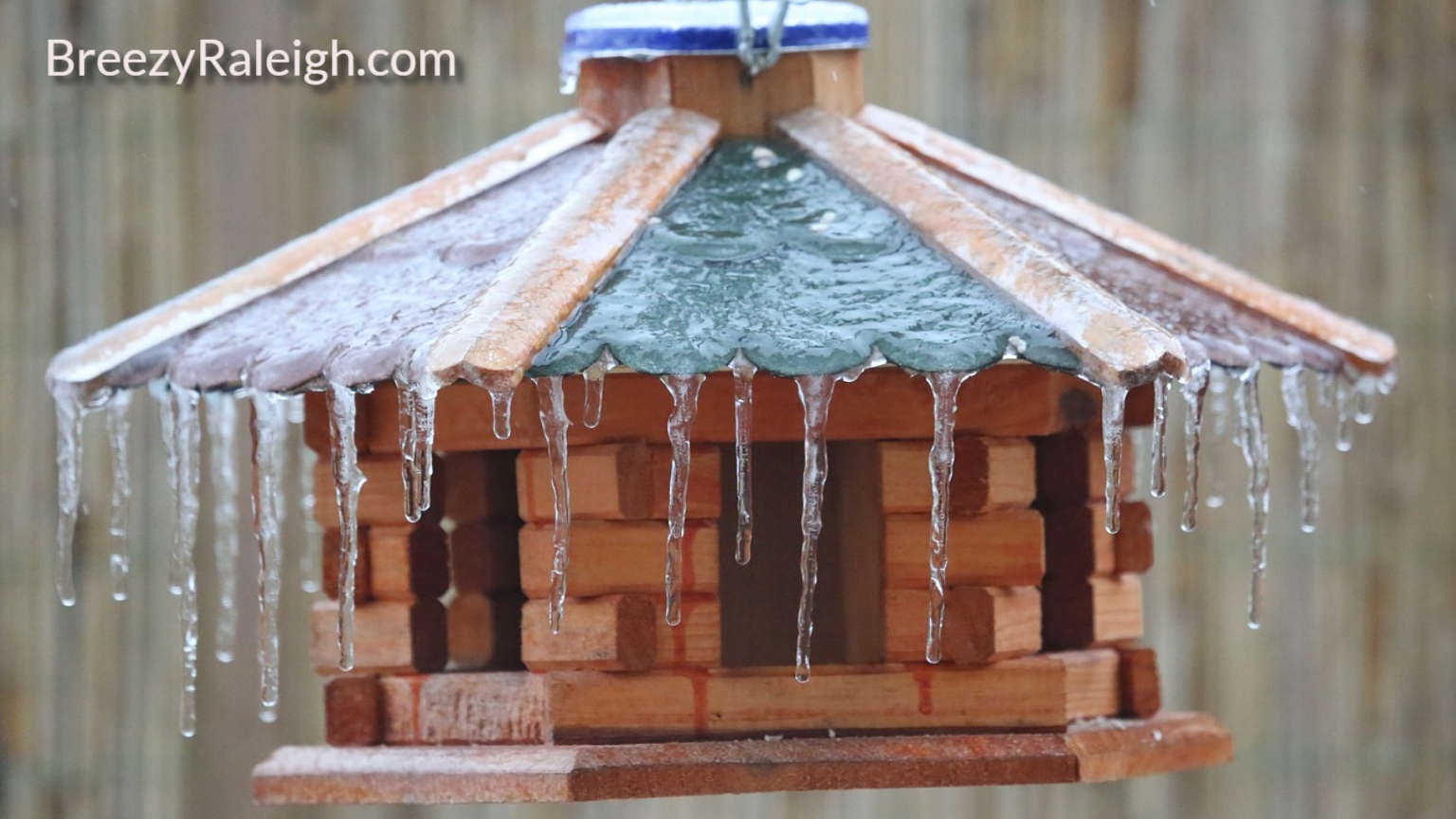
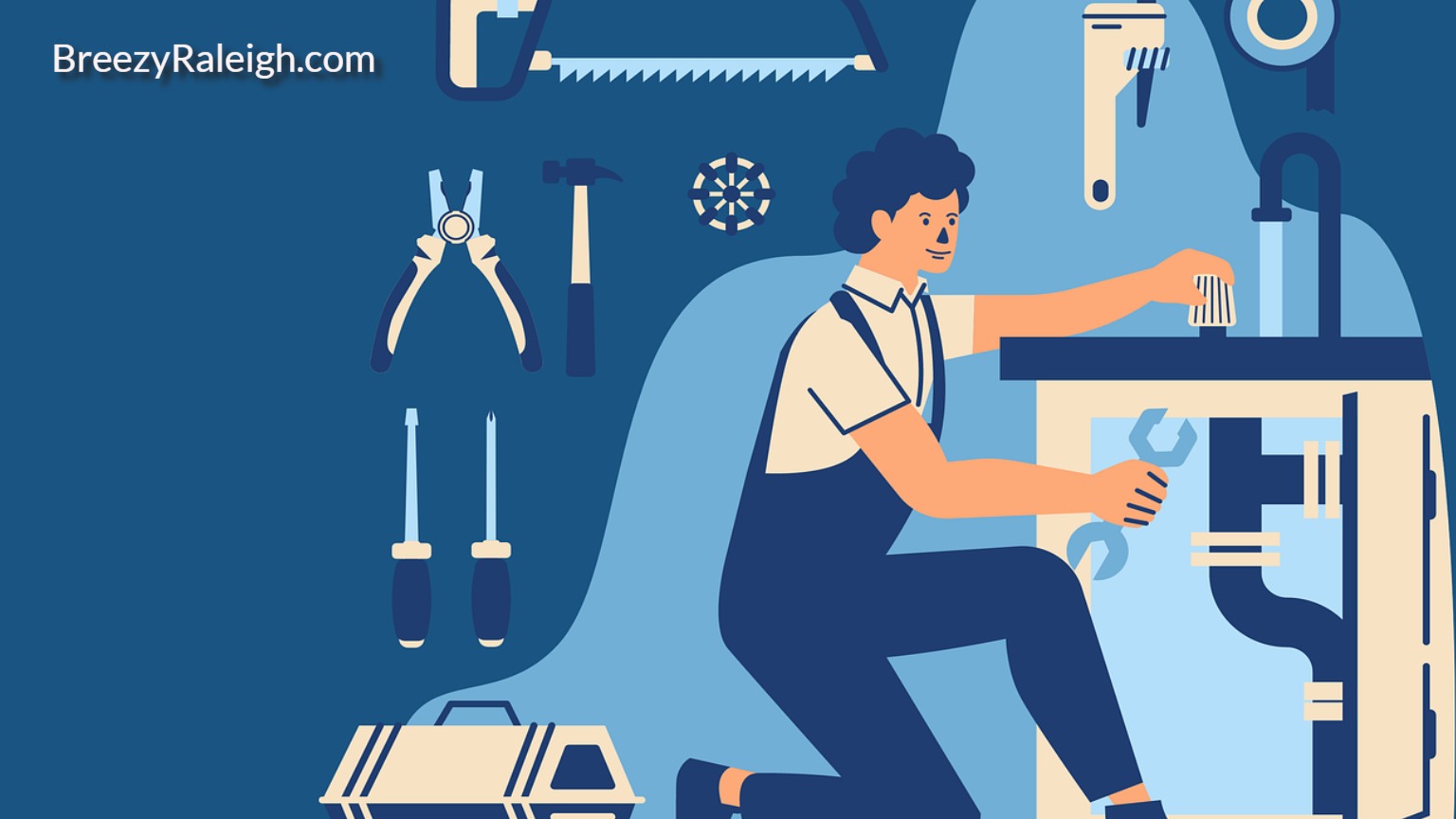
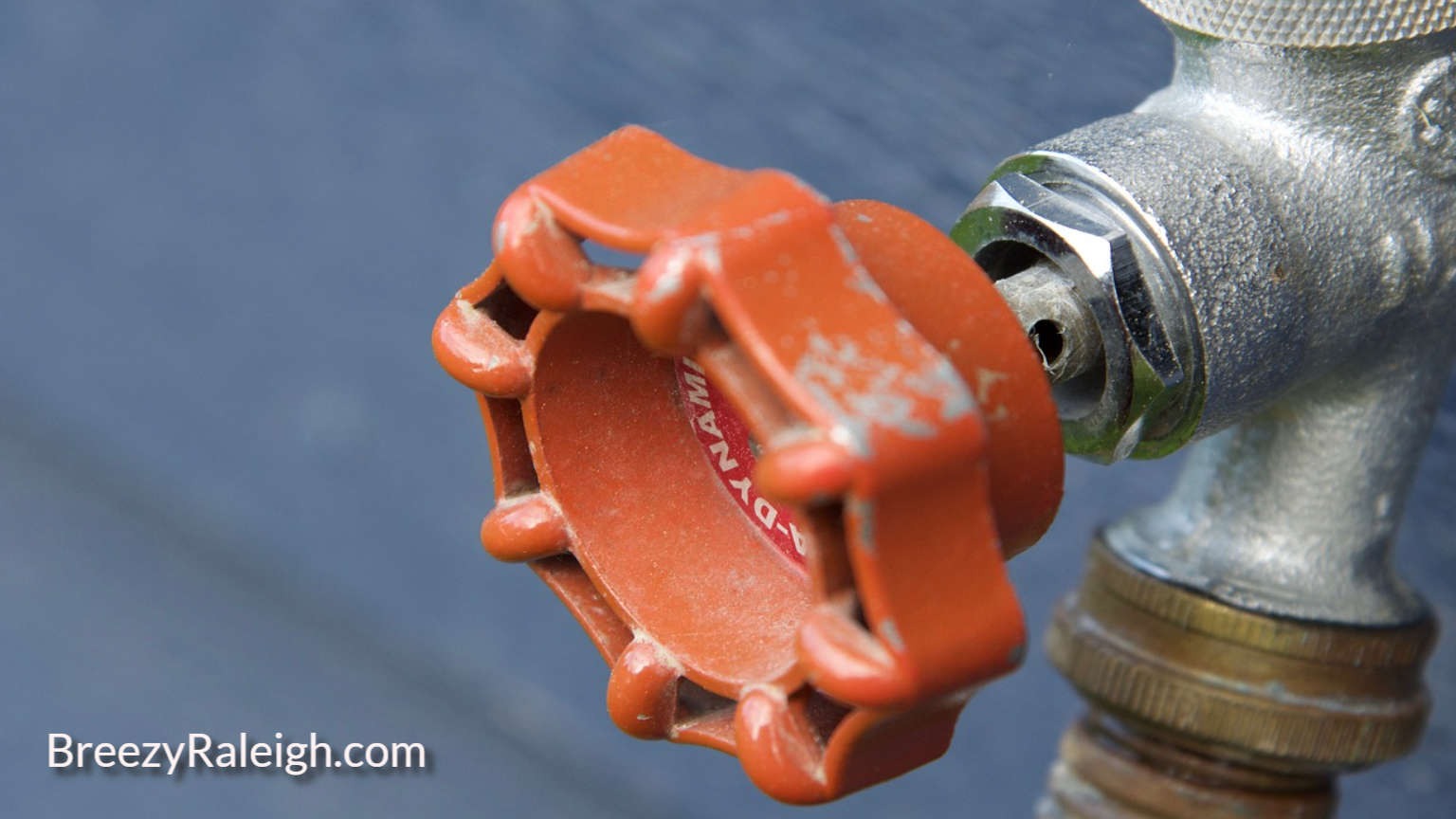
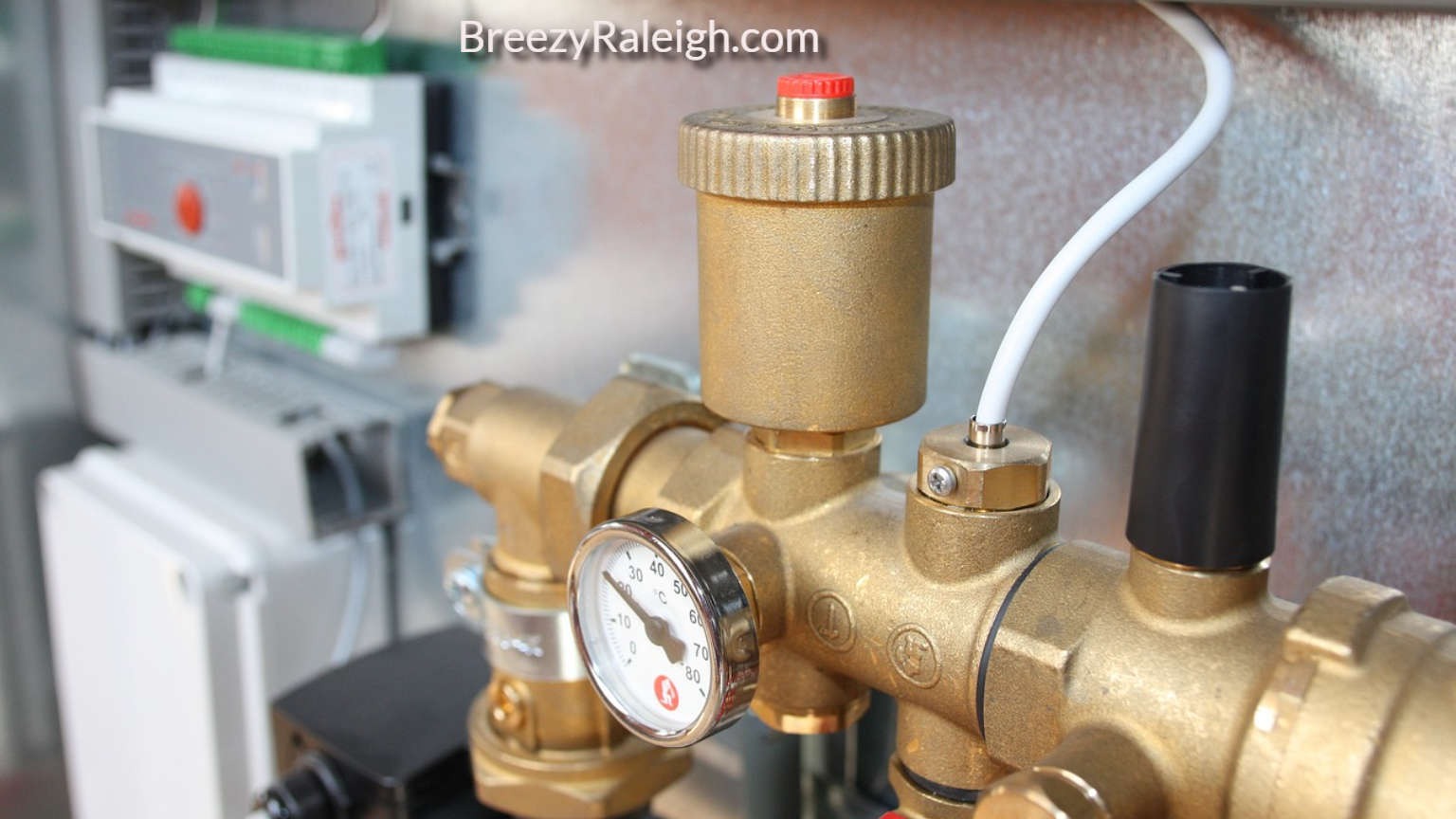
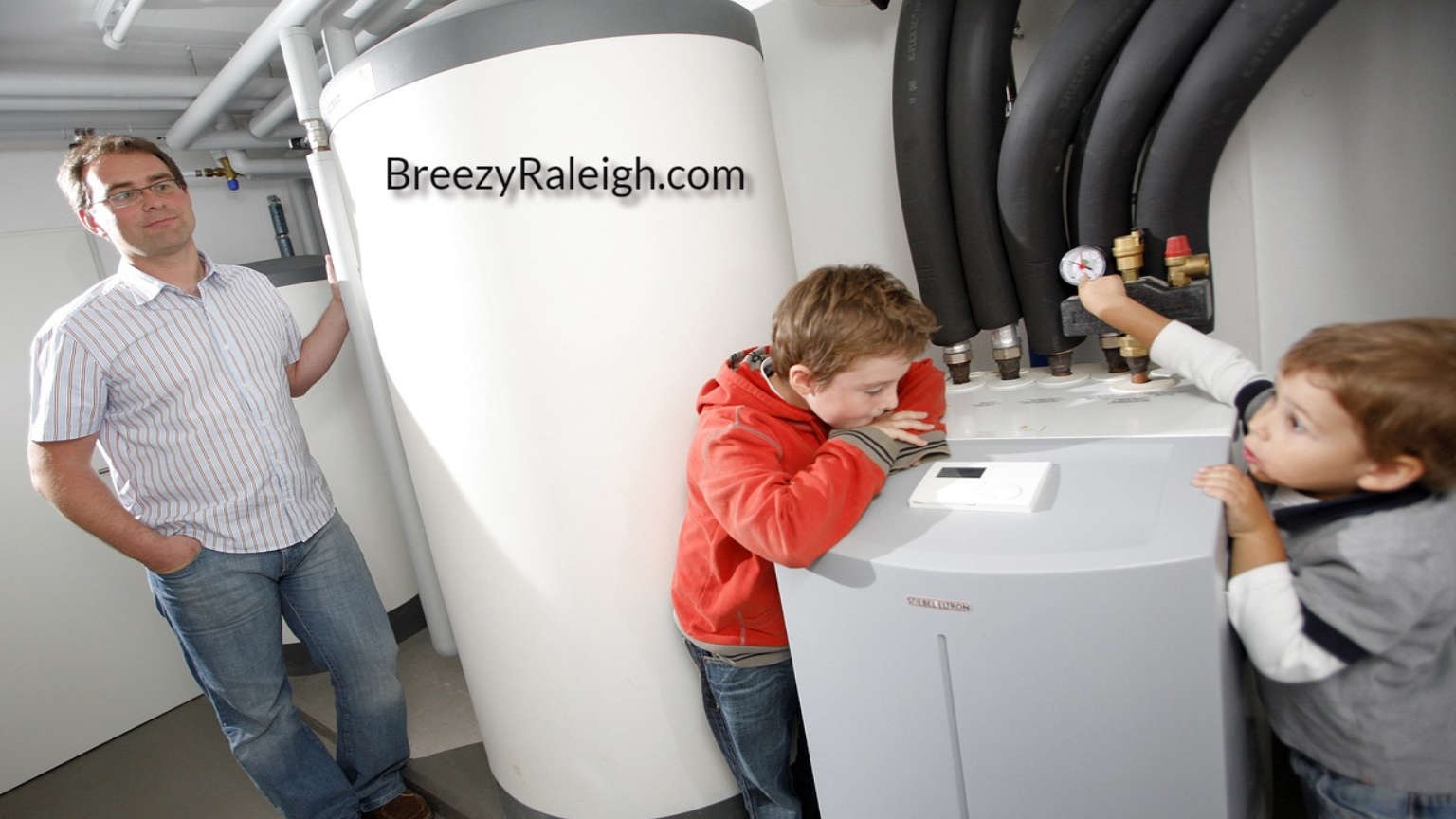
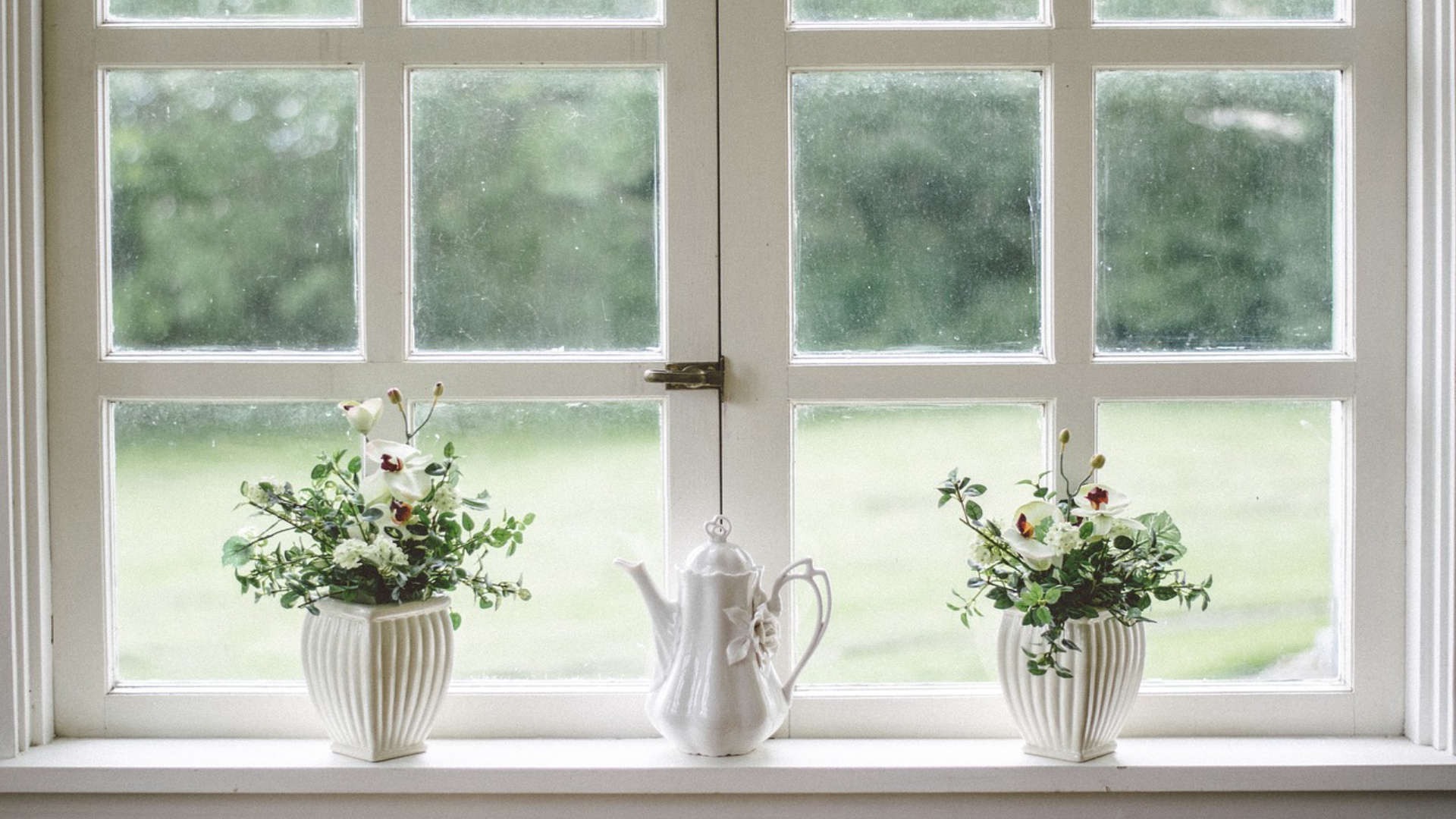
 Add Row
Add Row  Add
Add 



